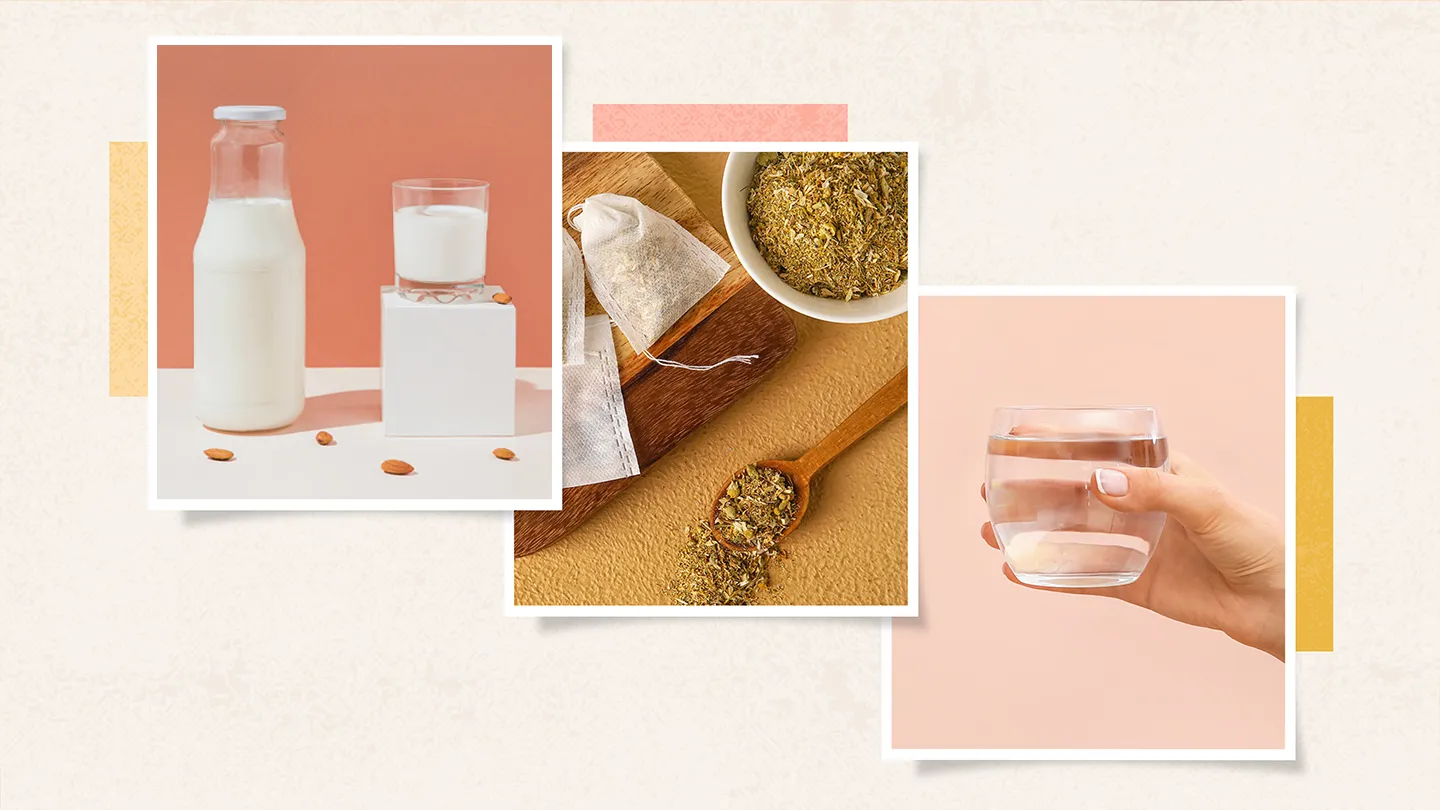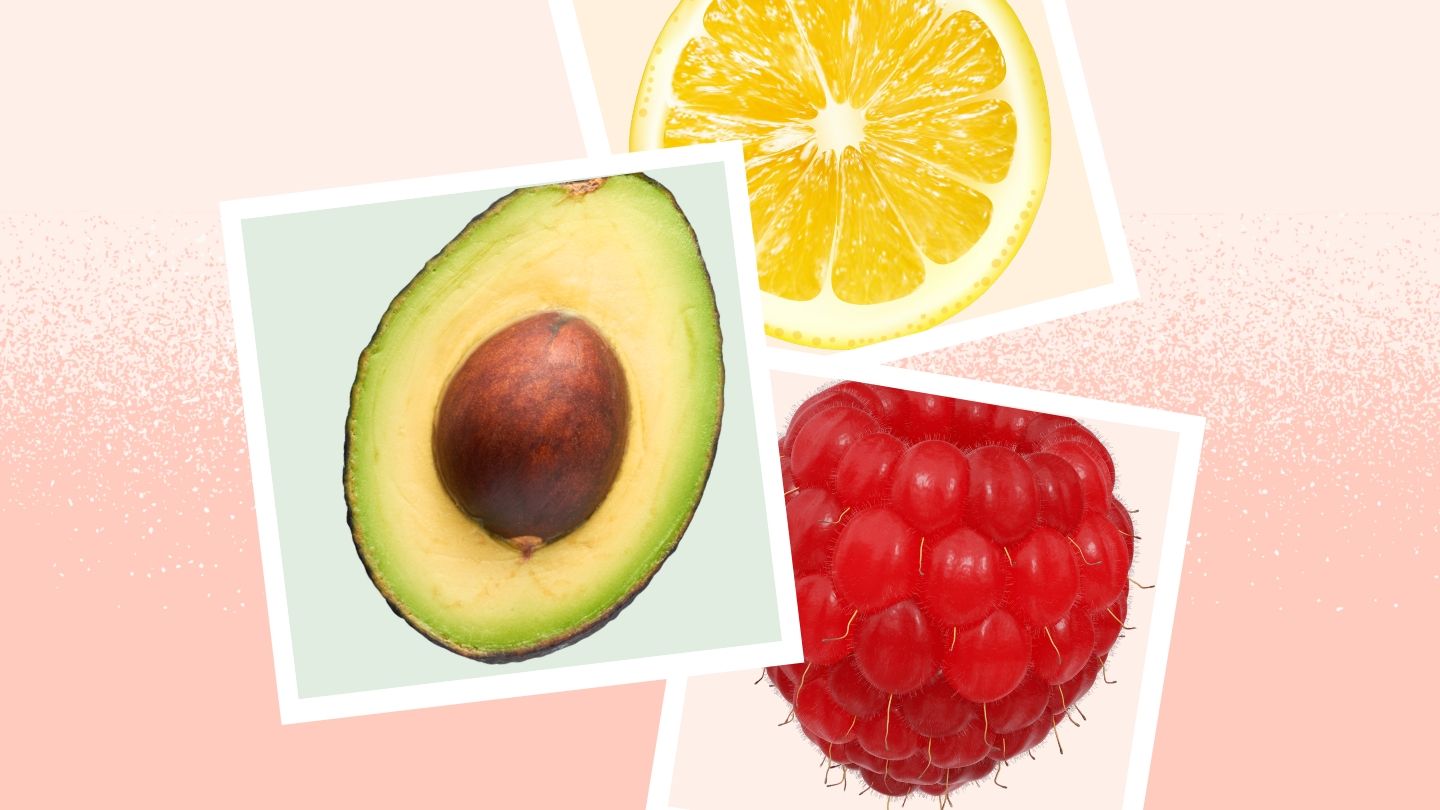What is Hot Sake?
Hot sake, also referred to as atsukan, is a popular Japanese rice wine that is served warm or hot. It is made from fermented rice and typically contains around 14-16% alcohol by volume.
There are two main ways to heat sake: kanzake (煮酒) and atsukan (熱燗). Kanzake refers to sake that is gently warmed in a pot, while atsukan is sake heated right before serving.
When chilled sake is heated, subtle flavors emerge and the aroma becomes more prominent. The drink also becomes smoother and easier to drink compared to cold sake.
How Hot is Hot Sake Served?
There’s no set temperature for hot sake. It can be served warm between 95-105°F (35–40°C) or piping hot up to 131°F (55°C).
At the lower end, flavors are more gentle and subtle. The mid-range of 115-125°F (45-50°C) is considered ideal for bringing out sake's complex aromas and tastes.
Higher temperatures mask fragrances and rob the drink of nuance according to most sake sommeliers and experts.
Is Hot Sake Keto-Friendly?
With the keto diet limiting carb intake substantially, most alcoholic drinks like beer, mixed cocktails, and wine don’t make the cut.
So what about sake? Here’s a detailed look at how this classic Japanese rice wine fits into the ketogenic lifestyle:
Carb and Calorie Content of Sake
Sake is made through fermenting rice, so it does contain some residual carbs after brewing. An average 5oz (150ml) serving of hot sake has:
- ~100 calories
- 13-16g net carbs
For context, a 5oz glass of white wine or light beer delivers about 5g carbs. So while sake does contain 3-4x more carbs than other alcohol, the numbers are still reasonable.
Does Dry Sake Have Fewer Carbs?
Yes! Sake labeled as dry (karakuchi) tends to be lower in sugar and carbs compared to sweet sake. Dry hot sake typically ranges from 8-13g carbs per 5oz pour.
Some super dry styles called daiginjo can get as low as 6g carbs. So if you want maximum keto-compatibility, opt for a hot daiginjo sake.
Drinking Hot Sake in Moderation
Moderating your intake is key for enjoying hot sake on keto. Most experts suggest limiting yourself to 1-2 drinks containing no more than 15-30g total carbs.
This allows flexibility for having an occasional serving of sake while still maintaining ketosis. Just account for the carbs as part of your daily budget.
Choosing Low-Carb Sake Snacks
What you eat alongside hot sake matters too! Skip the carb-heavy tempura or rice crackers, and enjoy keto-friendly edamame, mushrooms, or cucumber instead. Protein snacks like meat or tofu skewers are also great pairings.
Watching Alcohol Calories
Don’t forget - alcoholic calories still count on the ketogenic diet! If weight loss is your goal, you’ll need to reduce fat intake to accommodate the roughly 100 calories per glass.
Alternatively, making hot sake an occasional treat on special occasions rather than a daily habit makes it easier to lose weight long-term.
5 Tips for Ordering Keto Hot Sake
From izakayas to sushi joints, hot sake is readily available at most Japanese restaurants. Here are some handy tips for choosing the most keto-friendly options:
1. Seek Out Daiginjo
As mentioned earlier, daiginjo is the very best (and most expensive) type of premium sake. Known for a light, fruity taste and crisp finish, daiginjo also happens to be lowest carb thanks to highly polished rice grains.
2. Request Dry Sake
Ordering “hot dry sake” or specifically asking for karakuchi cuts down the sugar substantially. This lets you enjoy the smooth, heated flavor while limiting carbs.
3. Know Your Serving Size
Sake glasses and carafes come in a wide range of sizes. So check the oz/ml to gauge a single portion instead of free pouring from a bottle. A small 4oz glass may be wiser for limiting intake versus a giant 14oz beer mug!
4. Skip Flavored Varieties
It’s best to avoid added-flavor sakes like honey-infused or citrus-flavored. While tasty, the flavor agents hike up the sugars and ruin ketosis quickly.
5. Research Before Visiting
Browse the sake list online and call ahead about low-carb options. Reputable sushi bars and izakayas will have staff knowledgeable about ingredients that can guide your selection.
7 Delicious Hot Sake Cocktail Recipes
Don’t let sake’s high-carb reputation fool you - infusing this sweet, aromatic alcohol into keto cocktails opens up new possibilities!
By using ultra-low carb mixers, these recipes let you partake while maintaining nutritional ketosis. Give them a try:
Straight Up Hot Sake
For purists, opt for straight nigori (unfiltered) or daiginjo sake gently warmed to 105°F (40°C). The subtle flavors sing without any additional sweeteners.
Hot Sake and Tea
Combine equal parts sake and unsweetened Japanese sencha green tea. Add fresh lemon and dilute to taste with hot water for an earthy, citrusy mixture.
Hot Sake with Yuzu
Stir in a teaspoon of yuzu juice and pinch of salt into a mug of hot daiginjo sake. The bright, tart yuzu balances beautifully with floral sake.
Hot Sake and Ginger
For an extra kick, add freshly grated ginger and squeeze of lime to hot sake. Tart, spicy and rejuvenating!
Sake and Coconut Water
Mix equal parts sake and unsweetened coconut water, then heat gently. Lightly sweet with just a touch of mineral richness.
Lemon-Rosemary Hot Sake
Muddle fresh rosemary and lemon slices in a cup, top with sake and heat until steaming. Herbaceous and citrusy.
Berry Hot Sake Sangria
Combine hot sake with diet cranberry juice and frozen mixed berries in a glass. Finish with a dash of lemon juice and lime wedge.
The Takeaway on Hot Sake and Keto
At around 13g net carbs per serving, hot sake contains substantially more carbs compared to other keto-approved alcoholic options.
Sticking to a 4-5 oz portion of dry sake occasionally fits into daily macros for most low-carb dieters. Just be mindful of calories and watch your intake to remain in ketosis.
Pairing hot sake with fresh Japanese food instead of rice dishes enables you to incorporate this wonderful heated wine into your lifestyle.
Sipped slowly and mindfully, premium daiginjo sake can be an exquisite, aromatic treat even for keto purists. Kanpai!
FAQs
Is all sake high in carbs?
No, premium types of sake like junmai daiginjo are lowest in carbs at around 6g per serving. On average though, sake contains more carbs than other alcohols due to the rice it's brewed from.
What foods can you eat with hot sake on keto?
Enjoy hot sake with keto-approved snacks like edamame, seaweed salad, seared ahi tuna, chicken yakitori or tofu. Avoid carb-heavy tempura, rice dishes or sweet sauces.
Can sake kick you out of ketosis?
It's possible if you over-consume sake or pair it with sugary mixers. Limit intake to 5 ounces max per day, choose dry sake and count the carbs to minimize effects on ketosis.
Is nigori (unfiltered) sake keto-friendly?
Sometimes - nigori can range higher in residual carbs but drier styles are typically lower. Check the nutrition info and enjoy nigori sake occasionally in small portions if you want those creamy unfiltered flavors on keto.
Disclaimer: This article is for informational purposes only and does not constitute medical advice. Always consult with a healthcare professional before starting any new treatment regimen.
Related Coverage
Keto gummies may help promote ketosis, energy, and mental clarity, but also carry risks like GI issues. Learn safety, dosage, side effects to determine if keto gummies are right for you....
Do icy drinks like slushies and iced coffee fit into keto? Learn which frozen beverages to avoid, keto-friendly swaps to make, and tips for custom low carb ice drinks on the go....
Wondering if green beans can fit into the very low-carb ketogenic diet? This article explores green beans' carb count, nutrition facts, health benefits, and more....
Learn how compounds in matcha green tea may naturally relieve constipation, provide gut-healthy fiber, protect stomach lining, support liver function, and more....
Can orange squash fit into a keto diet? Learn whether the natural and added sugars impact ketosis, the carb counts of different types of squash drinks and tips....
Enjoy low-carb keto snacks like nuts, cheese crisps, deli rolls, fat bombs and more during movies without falling out of ketosis. Perfect snacks for film fun....
Learn all about the real sugar content of straight unflavored moonshine versus flavored commercial moonshines. Get the facts on sugar, carbs, and the keto diet....
Get the full breakdown on Cheez-It nutrition including calories, fat, sodium, and how its ingredients like enriched flour, oil, and cheddar cheese stack up health-wise....
Stay in ketosis while satisfying your sweet tooth with these 15 delicious low-carb fruit dip recipes. Perfect keto-friendly snack ideas using avocado, berries, cream cheese, chocolate, peanut butter, and more....
Discover keto friendly cough drops and remedies to soothe coughs and sore throats without derailing your ketogenic diet progress. Find natural options and tips for relief....









